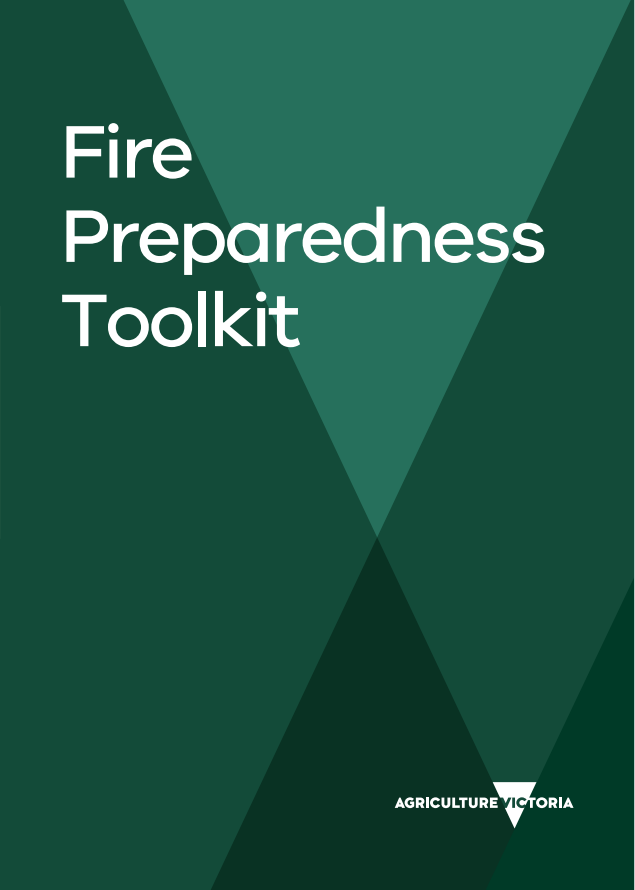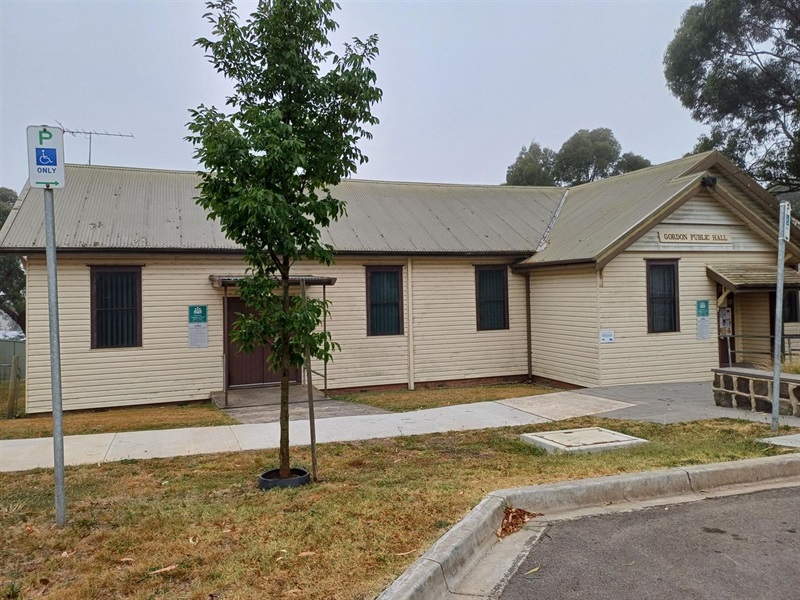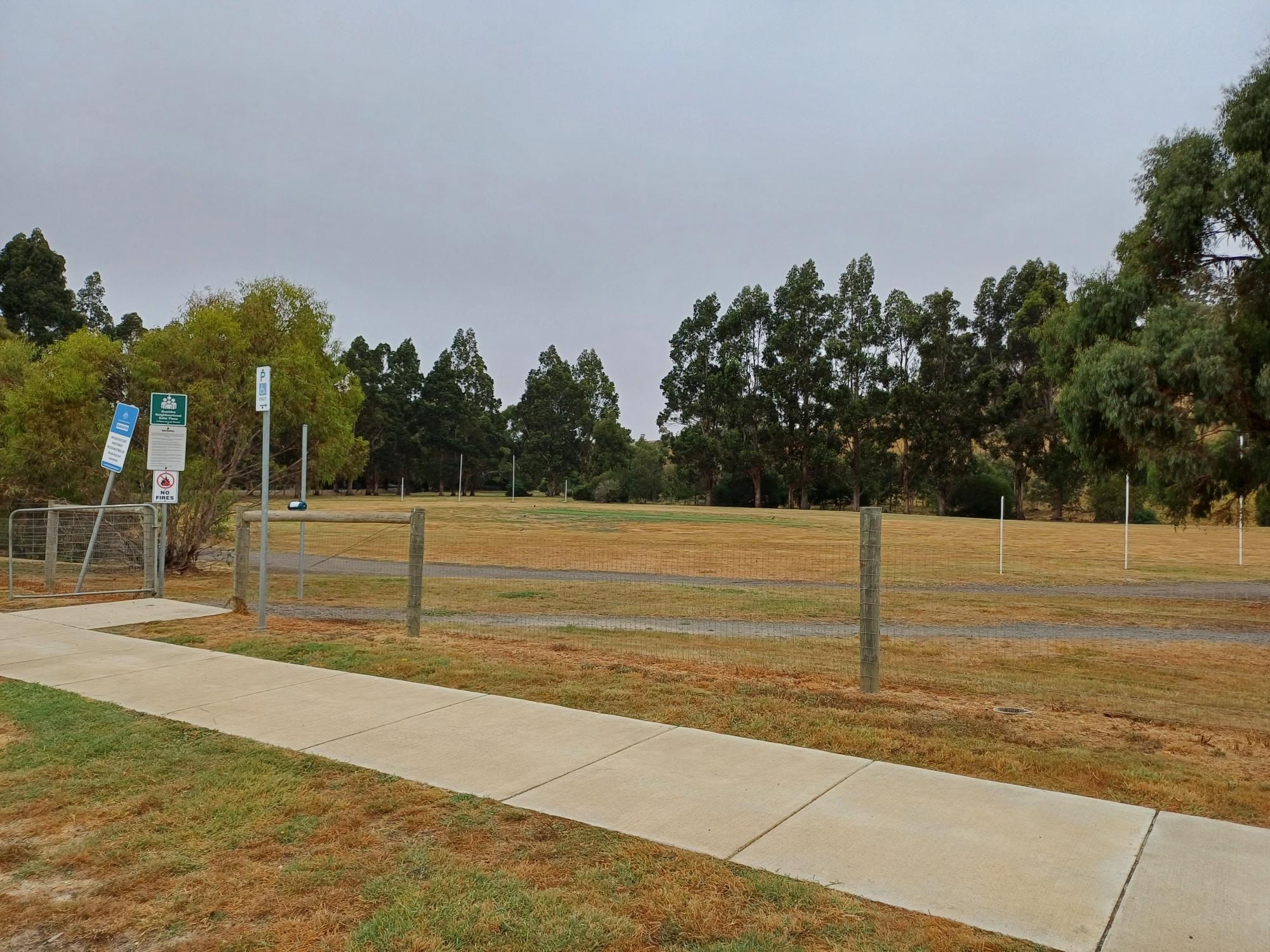Before emergencies

It's important to prepare for emergencies in advance, because emergencies can happen at any time. There may be very little advance warning before an emergency strikes. Below is some information on things you can do now to prepare yourself, your home, and your loved ones (both human and animal).
Creating a plan
There are many things to consider when faced with danger. Do you grab the photos? What about your dog? Where is your medication? How will you get the horses out? Where are your important identification documents and insurance policies?
When filled with stress and adrenaline, people often panic which could put you and your family in more danger. Avoid regrets by considering the important decisions and writing these down before you are faced with an emergency. You could even have a copy of all your important documents in a special 'grab bag'.
After you have created your plan, make sure the people around you understand the plan and know their role in an emergency. This might even include people outside of your household such as your neighbours and local community groups.
Resources for creating a plan
Take a look at some of the resources and templates below. Choose one that is right for you or use them to create your own.
Download the VicEmergency app
When an emergency breaks, chances are no one will come knocking on your door to tell you that you are in danger. You need to keep yourself informed.
You may have limited access to information when an emergency breaks. Mobile reception, electricity, and WIFI might not be available. Always ensure that you have several backup methods to access information.
The VicEmergency app and VicEmergency website provide a centralised location for Victorians to access timely emergency information and warnings.
Download the VicEmergency app now for Andriod and Apple devices.
Fire Danger Rating System
Fire Danger Ratings tell you how dangerous a fire could be if one started. They are important because they provide people with information so they can take action to protect themselves and others from the potentially dangerous impacts of bushfires and grassfires.
The Fire Danger Rating System is used across Australia so whether you're at home or travelling interstate, you will see the same system being used.
There are four levels of fire danger:
- Moderate - Plan and prepare
- High - Be ready to act
- Extreme - Take action now to protect your life and property
- Catastrophic - For your survival, leave bushfire risk areas
Fire Danger Ratings will be issued on days when there is a fire risk. Each fire danger rating will have a clear set of messages including actions the community can take to reduce their risk.
Ratings are forecast using Bureau of Meteorology data for up to four days in advance, based on weather and other environmental conditions. The rating is your trigger to take action to stay safe.
Find out more, including what each level means and what you should do, visit the CFA website.

Insurance
If you are under-insured you may find it hard to rebuild after an emergency. It may mean having to compromise, or could result in having to borrow extra money. Make sure to check your policy every year to ensure that it provides you with enough cover to rebuild to a standard that you are comfortable with.
A bushfire, flood, or other emergency could destroy driveways, retaining walls, gardens, sheds, fencing, stock, swimming pools, and more. Call your insurance broker or company to discuss your policy limits and coverage. Many policies do not automatically include flood cover so make sure you know what your policy includes.
If you need to rebuild your home after an emergency, building costs may be increased if you are in a bushfire prone area. To find out if this might affect you, contact us to speak with a member of the Planning Department.
Planning for pets and animals
Make sure your emergency plan includes provisions for pets and animals as well. The resources below will help you develop a plan with your animals in mind.
Farm Fire Preparedness
Fire Preparedness toolkit: now’s the time to prepare your farm for the fire season
Agriculture Victoria’s new Fire Preparedness Toolkit is designed to assist farmers and land managers to prepare their farm for the fire season.
The toolkit contains checklists and templates to help farmers prepare their farm business, livestock, staff, and infrastructure ahead of the season.
Learning from the experiences of farmers that have been impacted by fire, the checklists and templates published in the toolkit were developed with input from farmers.
It incorporates key things that, when documented or identified as part of a preparedness plan, can ease the process of recovery after a traumatic bushfire experience.
For example, having a documented farm asset inventory can greatly assist in reviewing insurance cover before, as well as assessing loss and damage in the aftermath, of a fire.
Similarly, ensuring your farm documents are securely stored (on the cloud or off-farm) and on-hand, will help ease the pressure when it comes to seeking financial support or making insurance claims.
The Fire Preparedness Toolkit and other bushfire resources are available on the Agriculture Victoria website and should be used in conjunction with existing information and resources from the Country Fire Authority (CFA) and your local council.

Rural Aid
Rural Aid is a charity organisation that was created to focus on providing support to primary producing farmers affected by the ongoing challenges of farming in Australia. Please see below for details of the support and assistance Rural Aid can provide.
Health
In preparing for, and during, an emergency it is important to ensure the health of yourself and those around you.
To stay informed of relevant health issues refer to the below websites.
Extreme heat and heatwaves:
https://www.health.vic.gov.au/environmental-health/extreme-heat-and-heatwaves
https://www.betterhealth.vic.gov.au/extreme-heat
Department of Health Alerts:
You can stay informed of emergencies affecting the health sector and public health, by receiving alerts issued by Victoria's Chief Health Officer. See the latest alerts and advisories.
https://www.health.vic.gov.au/subscribe
Priority Primary Care Centres (PPCCs):
Priority Primary Care Centres (PPCCs) provide GP-led care to people who need urgent care, but not an emergency response. Each PPCC is partnered with a busy emergency department. PPCCs see people with low acuity conditions such as fractures, burns and mild infections. The centres are open after hours (up to 16 hours a day, seven days a week), and have diagnostics on site or nearby.
PPCCs are being delivered in partnership with the six Victorian Primary Health Networks (PHNs). This includes collaboration on clinical resources to support high quality, safe and consistent services and communication resources to promote the new services to the Victorian community.
https://www.health.vic.gov.au/priority-primary-care-centres
Alternatives to the Emergency Department:
To find other options besides the hospital Emergency Department refer to the below website.
https://www.betterhealth.vic.gov.au/find-right-care
What Council does before an emergency
Council works closely with the community and other agencies such as the Country Fire Authority (CFA), Department of Energy, Environment and Climate Action (DEECA), Victoria Police, Victoria SES, and the Department of Families, Fairness and Housing.
We are continuously improving our Municipal Emergency Management Plan. Other relevant plans include:
Respite Centre
During extreme fire danger days Council may open a respite centre within the council boundaries for any residents who choose to enact their personal fire plans and evacuate early. The location of the respite centre is decided in the lead up to any declared fire danger days and is communicated to the community. The respite centre offers residents an air-conditioned place to stay, with basic refreshments provided and Council staff on site.
Neighbourhood Safer Places (NSPs)
NSPs are places of last resort during the passage of a bushfire. They are used when primary bushfire plans have failed.
NSPs are not a community fire refuge or emergency relief centre. NSPs are places of relative safety only. They do not guarantee the survival of those who assemble there. There may be serious safety risks travelling to NSPs during bushfire events. Depending on the direction of a particular fire there may be safer alternatives.
For further information you can access our Municipal Council Neighbourhood Safer Places (NSP) Plan.
NSP locations
Darley NSP
The Darley Civic and Community Hub oval is the place of last resort in Darley.
Wittick Street (opposite Lewis Street), Darley

Gordon NSP
The Gordon Community Hall is the place of last resort in Gordon.
Main Street (opposite Russell Street), Gordon

Greendale NSP
Egans Reserve is the place of last resort in Greendale.
Greendale-Ballan Road (entry via Bradys Lane), Greendale

Community Fire Refuge
Community Fire Refuges offer a last resort shelter option if you cannot leave the area in the event of a fire. For more information visit the CFA website. Tour the Blackwood Community Fire Refuge here.
CFA Local Information
The CFA website provides a local information service, where you input your address and information local to you is provided.
There is information such as:
- NSPs in your local area (where relevant)
- Bushfire risks in your area
- Fire Danger Period dates for your municipality
- Fire Danger Rating forecasts and Total Fire Ban for your fire district
- Your local CFA Brigades
- Local emergency preparedness events.